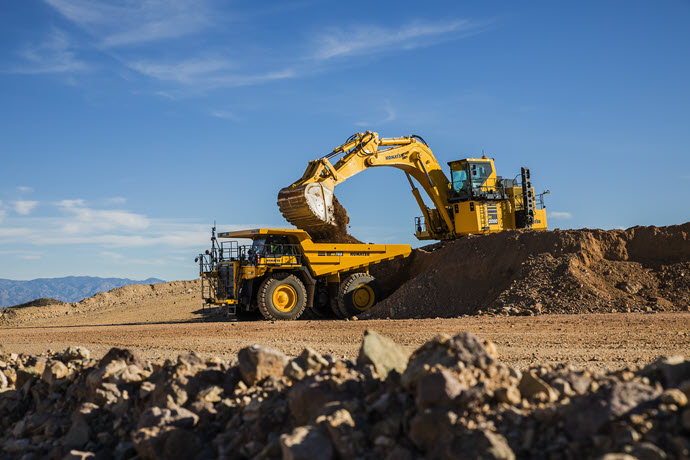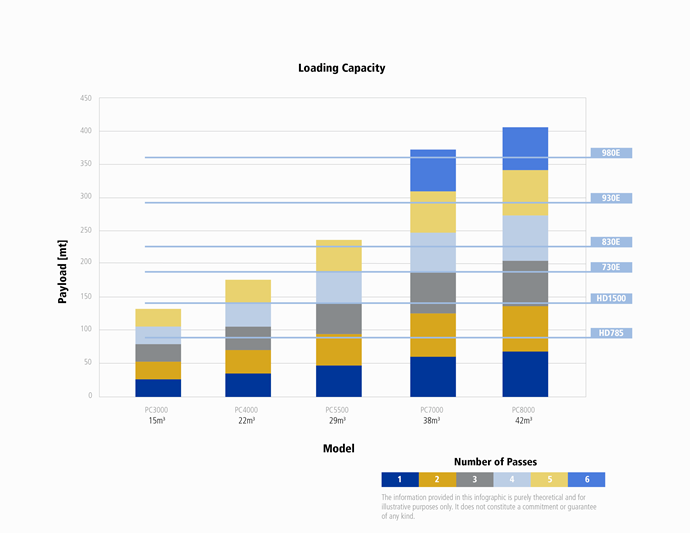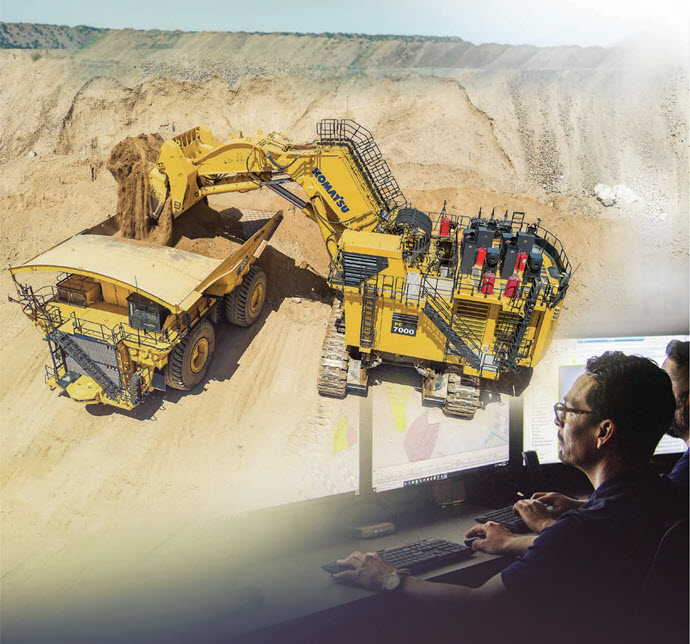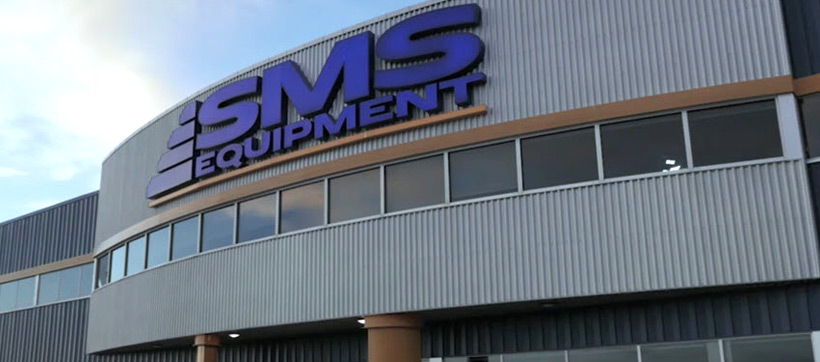Mining production has three stages, explains Gord King, SMS Equipment’s Manager of Strategic Development,
- drilling and blasting to break up the rock
- transporting the ore to the processing plant, waste rock to dump piles
- processing the raw materials
In this edition of Experts Corner, Gord gives us a high-level picture of the middle stage, focusing on transporting raw material, which is critical to mining efficiency.
















































